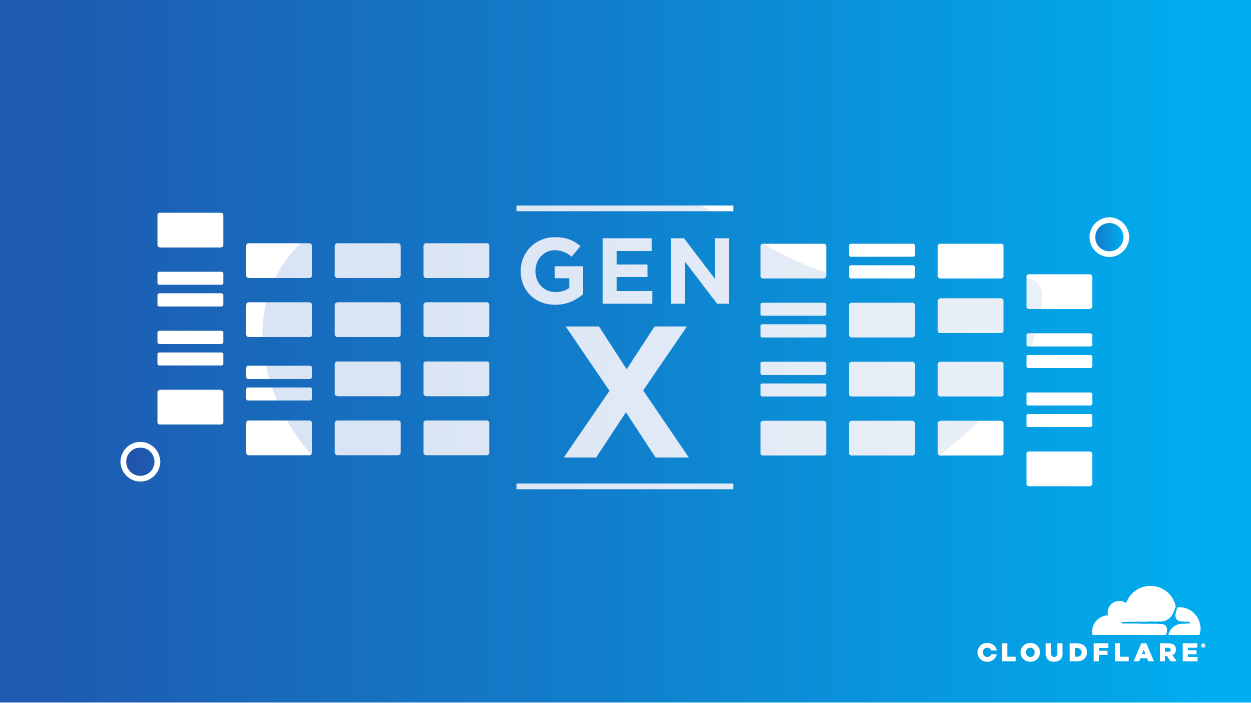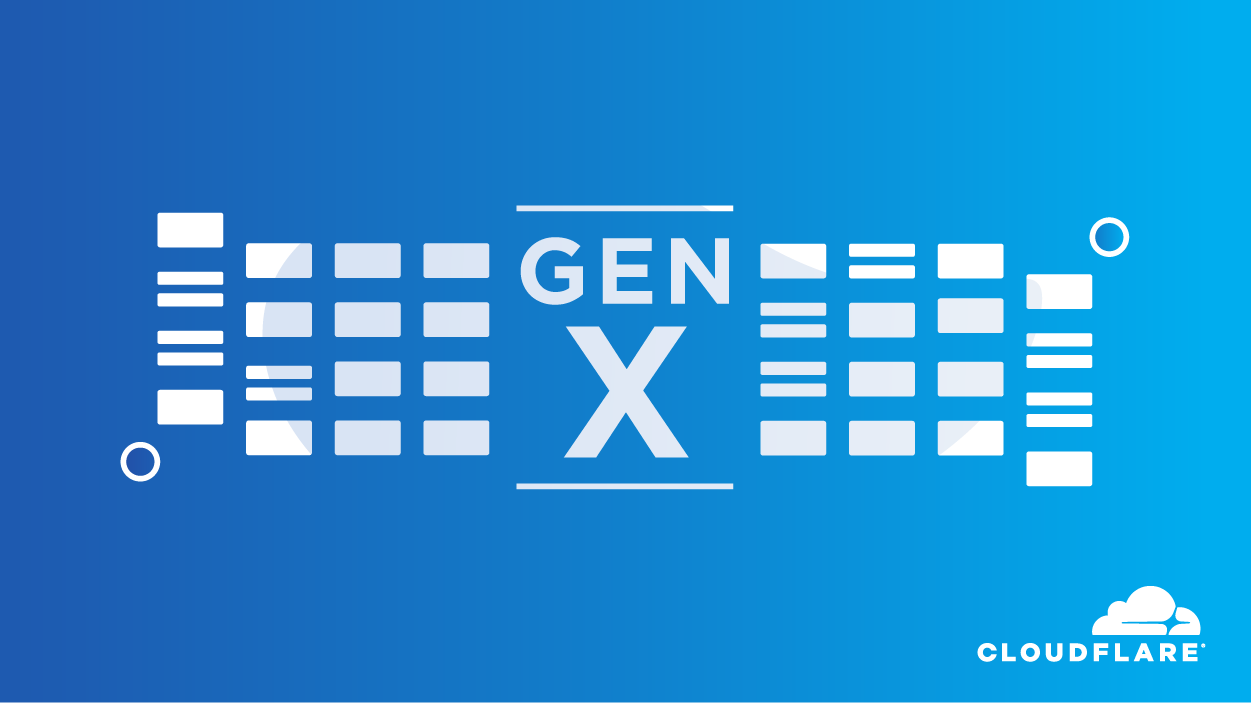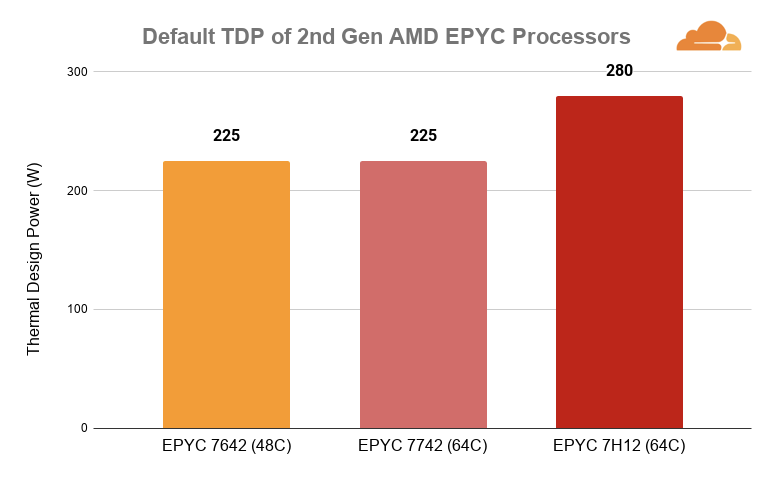Securing Memory at EPYC Scale
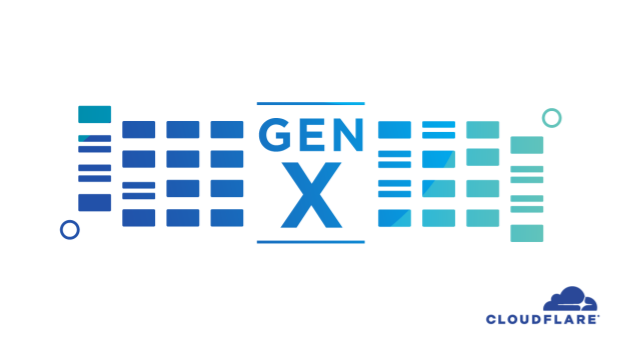
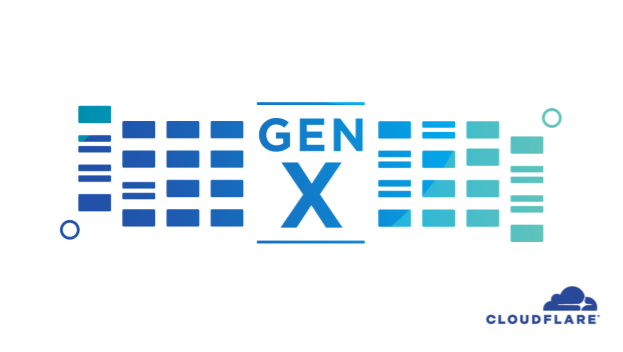
Security is a serious business, one that we do not take lightly at Cloudflare. We have invested a lot of effort into ensuring that our services, both external and internal, are protected by meeting or exceeding industry best practices. Encryption is a huge part of our strategy as it is embedded in nearly every process we have. At Cloudflare, we encrypt data both in transit (on the network) and at rest (on the disk). Both practices address some of the most common vectors used to exfiltrate information and these measures serve to protect sensitive data from attackers but, what about data currently in use?
Can encryption or any technology eliminate all threats? No, but as Infrastructure Security, it’s our job to consider worst-case scenarios. For example, what if someone were to steal a server from one of our data centers? How can we leverage the most reliable, cutting edge, innovative technology to secure all data on that host if it were in the wrong hands? Would it be protected? And, in particular, what about the server’s RAM?
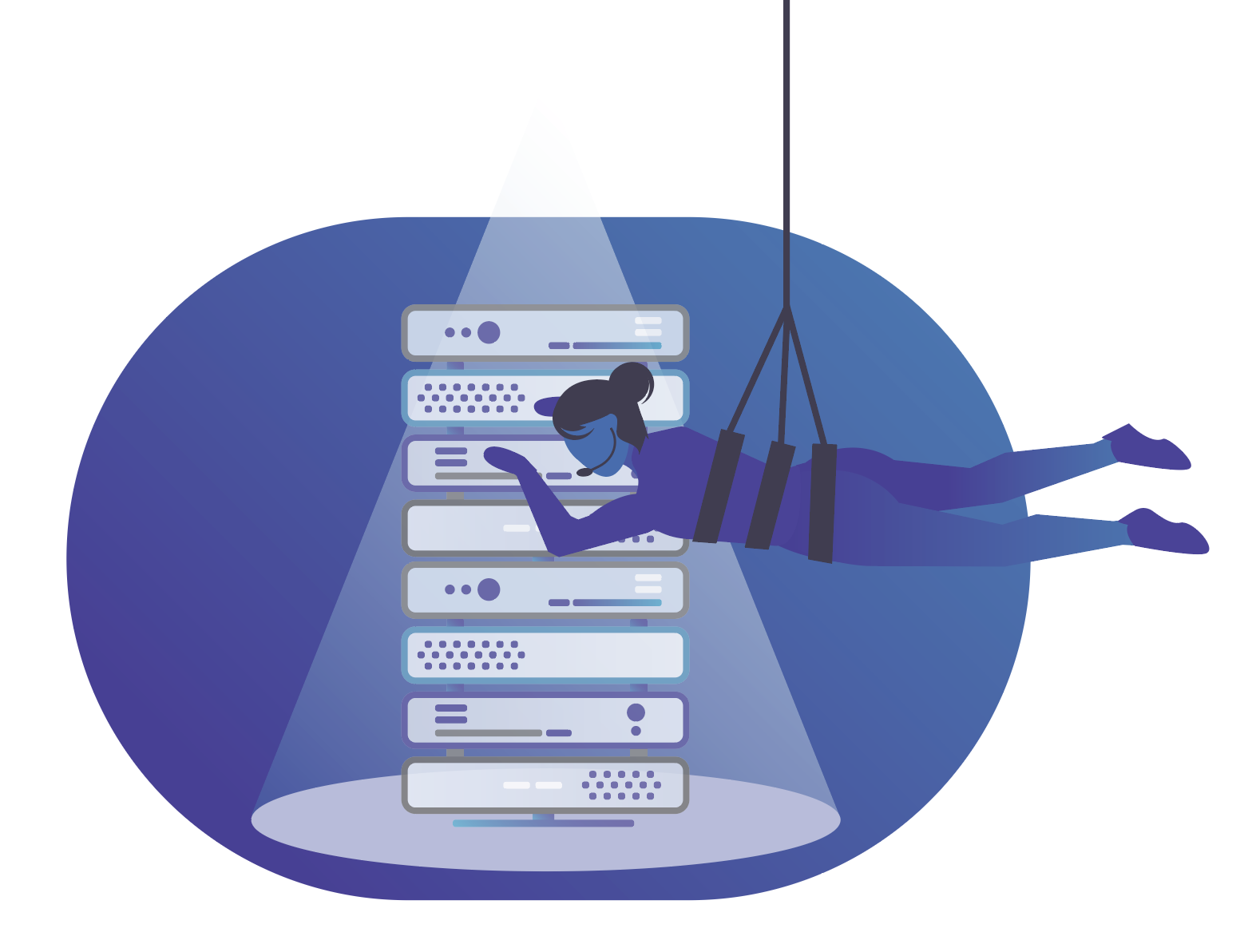
Data in random access memory (RAM) is usually stored in the clear. This can leave data vulnerable to software or hardware probing by Continue reading


